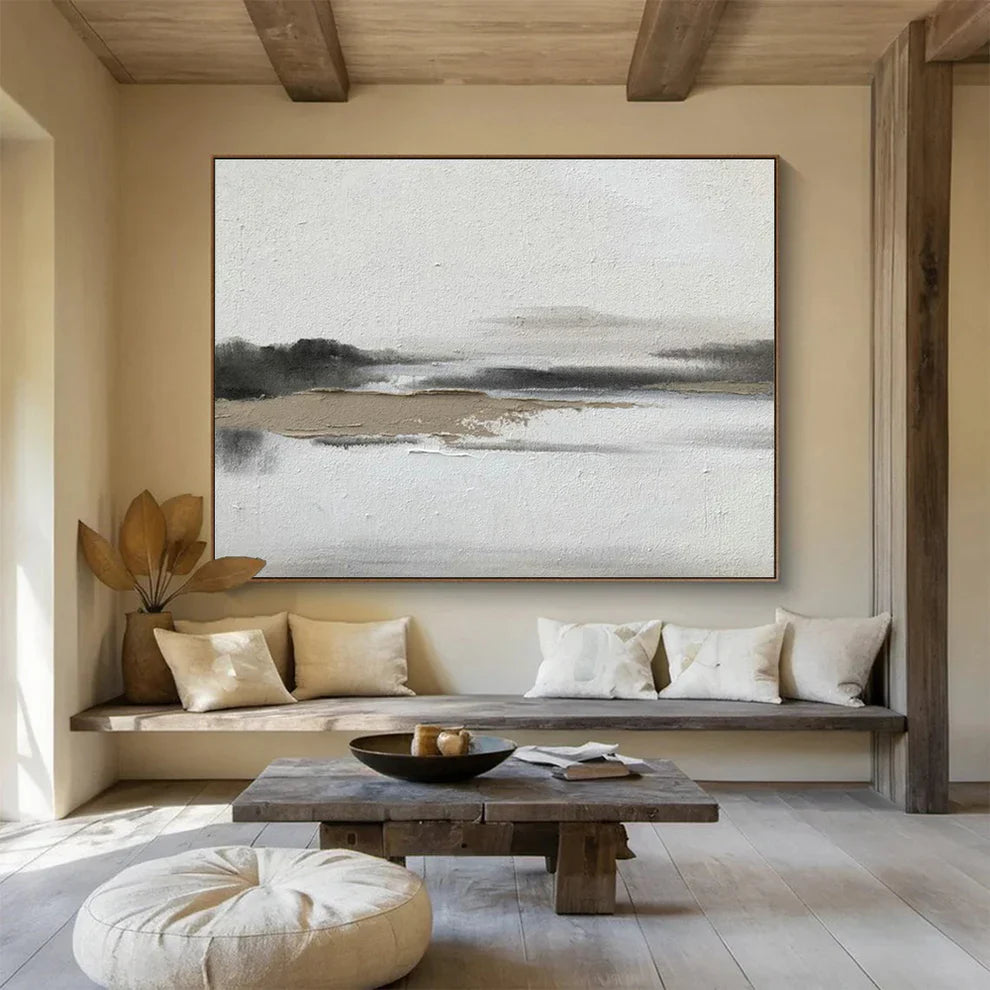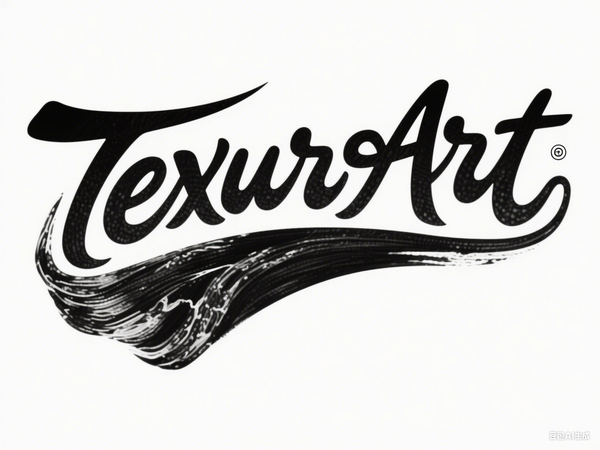
Minimalist Painting - The Art of Essential Forms and Pure Simplicity
Share
Minimalist Painting emerged as a revolutionary art movement in the 1950s and 1960s, characterized by radical simplicity, pure abstraction, and a focus on the fundamental elements of form and color. This genre strips away excess detail to reveal the essence of painting, emphasizing clean lines, geometric shapes, and monochrome or limited palettes. Explore a carefully curated selection at Minimalist Painting.
The inception of minimalist painting was a direct response to the emotional intensity and complexity of Abstract Expressionism. Artists sought to remove personal expression and metaphor from their works, favoring instead the inherent reality of material and form. As Frank Stella famously stated about his work, “What you see is what you see,” underscoring the movement’s commitment to visual clarity and authenticity. Minimalist painting embraces a two-dimensionality, where flat surfaces, hard edges, and repeated geometric patterns create a visual language of objectivity and order.
Influential pioneers include Donald Judd, whose modular forms challenged traditional definitions of art, and Agnes Martin, who nuanced minimalist grids with subtle emotional depth. Sol LeWitt’s wall drawings exemplify the conceptual nature of minimalism, focusing on systems and repetition rather than narrative. The minimalist ethos draws inspiration from earlier modernist movements, especially Russian Constructivism and Bauhaus, both of which emphasized geometric abstraction and industrial materials.

The defining characteristics of minimalist painting include simplicity, clarity, and repetition. Works typically use monochromatic or limited color palettes and emphasize the physical presence of the artwork rather than illusion or representation. Large fields of color, grids, and flat planes dominate compositions, often paired with innovative canvas shapes or relief elements to explore visual perception and space.
For those inspired to delve deeper, Rise Art’s guide on Abstract Minimalist Art provides a comprehensive overview of these principles and their evolution. Tate’s article on Minimalism offers further context on how the movement emerged as a reaction to prior art traditions. The Art Story’s Minimalism Movement Overview explores major figures and key artworks essential to understanding minimalist painting.
Minimalist painting remains relevant today, continuing to influence both visual art and design aesthetics. Its focus on purity and reduction resonates in contemporary interiors, where minimalist canvases enhance spaces with calm, order, and timeless elegance. Exploring Minimalist Painting offers an opportunity to experience this enduring art form firsthand.
Frequently Asked Questions (FAQ)
What is minimalist painting?
Minimalist painting focuses on simplicity and abstraction, eliminating extraneous detail to emphasize form, color, and material.
Who are notable minimalist painters?
Key artists include Frank Stella, Donald Judd, Agnes Martin, and Sol LeWitt.
How did minimalist painting develop?
It emerged in the 1950s and 1960s as a reaction against Abstract Expressionism, drawing heavily on geometric abstraction traditions.
Where can I view or purchase minimalist paintings?
Browse curated collections at Minimalist Painting and trusted art platforms.
What are common visual traits in minimalist art?
Monochrome palettes, geometric shapes, repetition, flat planes, and emphasis on physical form.
Minimalist Painting invites viewers into a realm of visual purity, where reductionist ideals reveal complex beauty through essential forms. By engaging with this art movement, one embraces clarity, order, and a refined dialogue between material and space.
